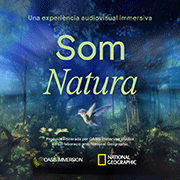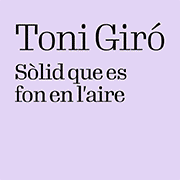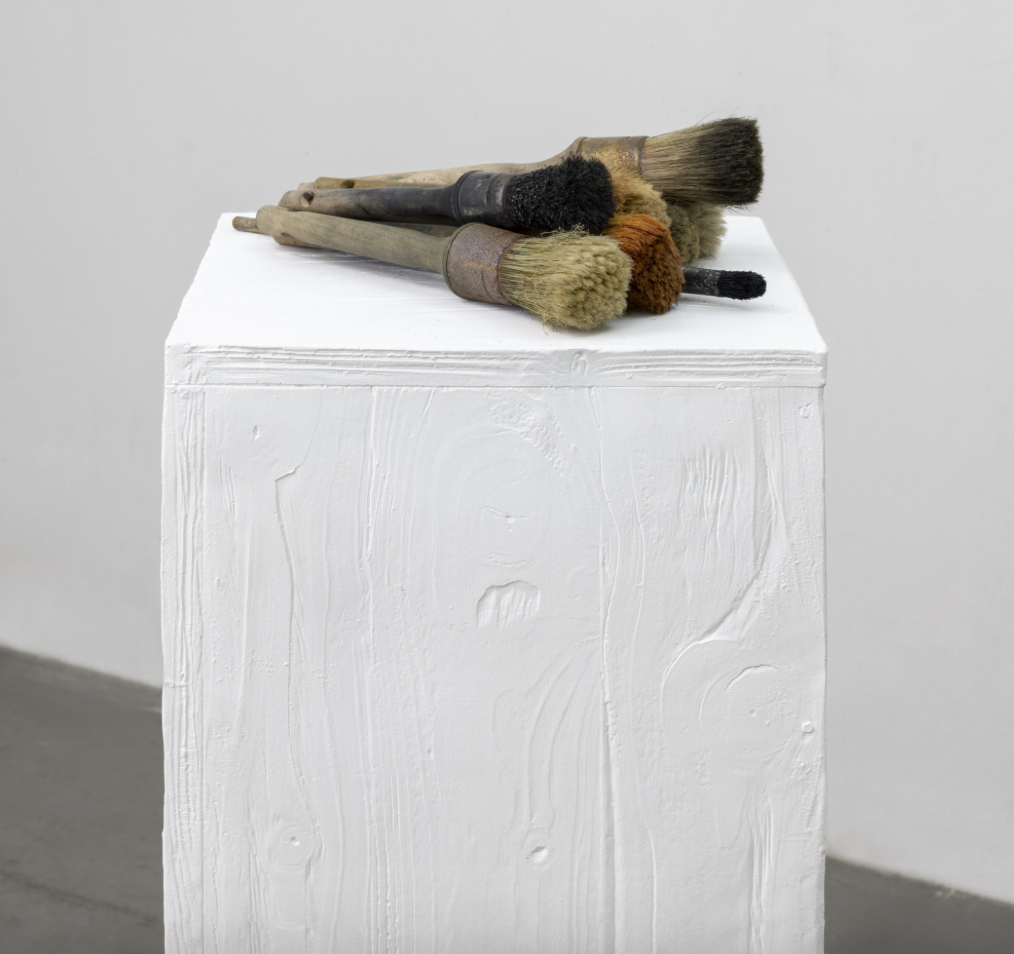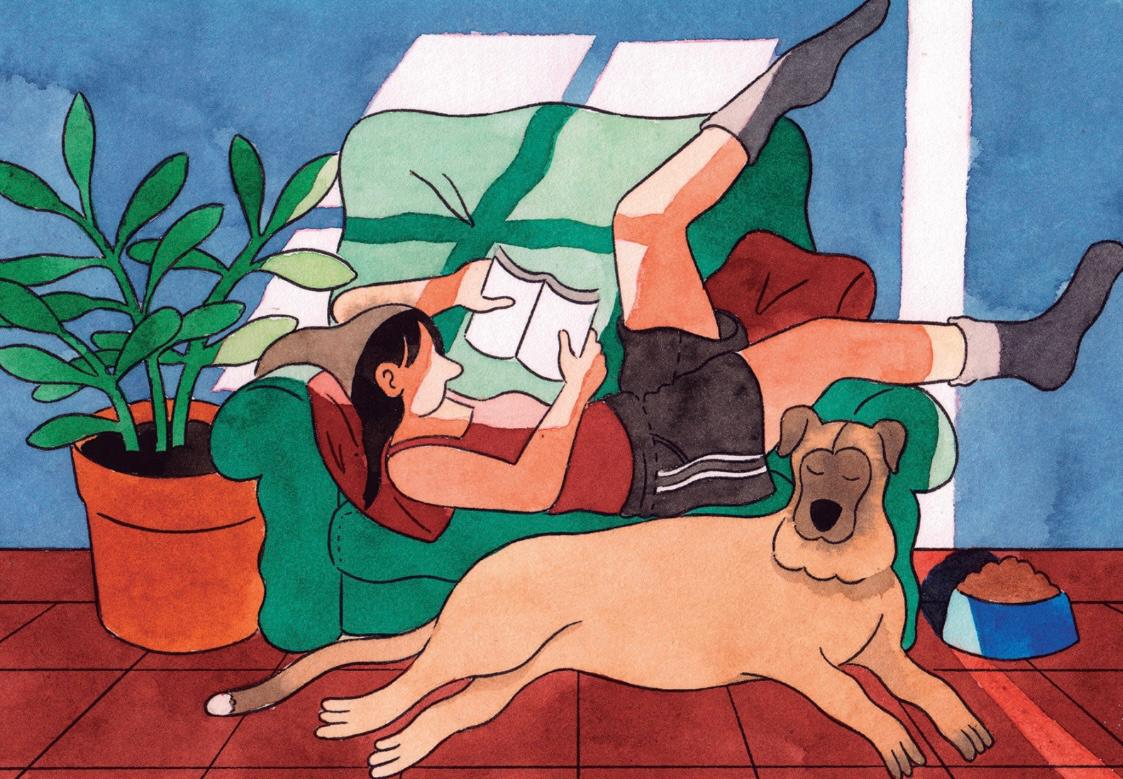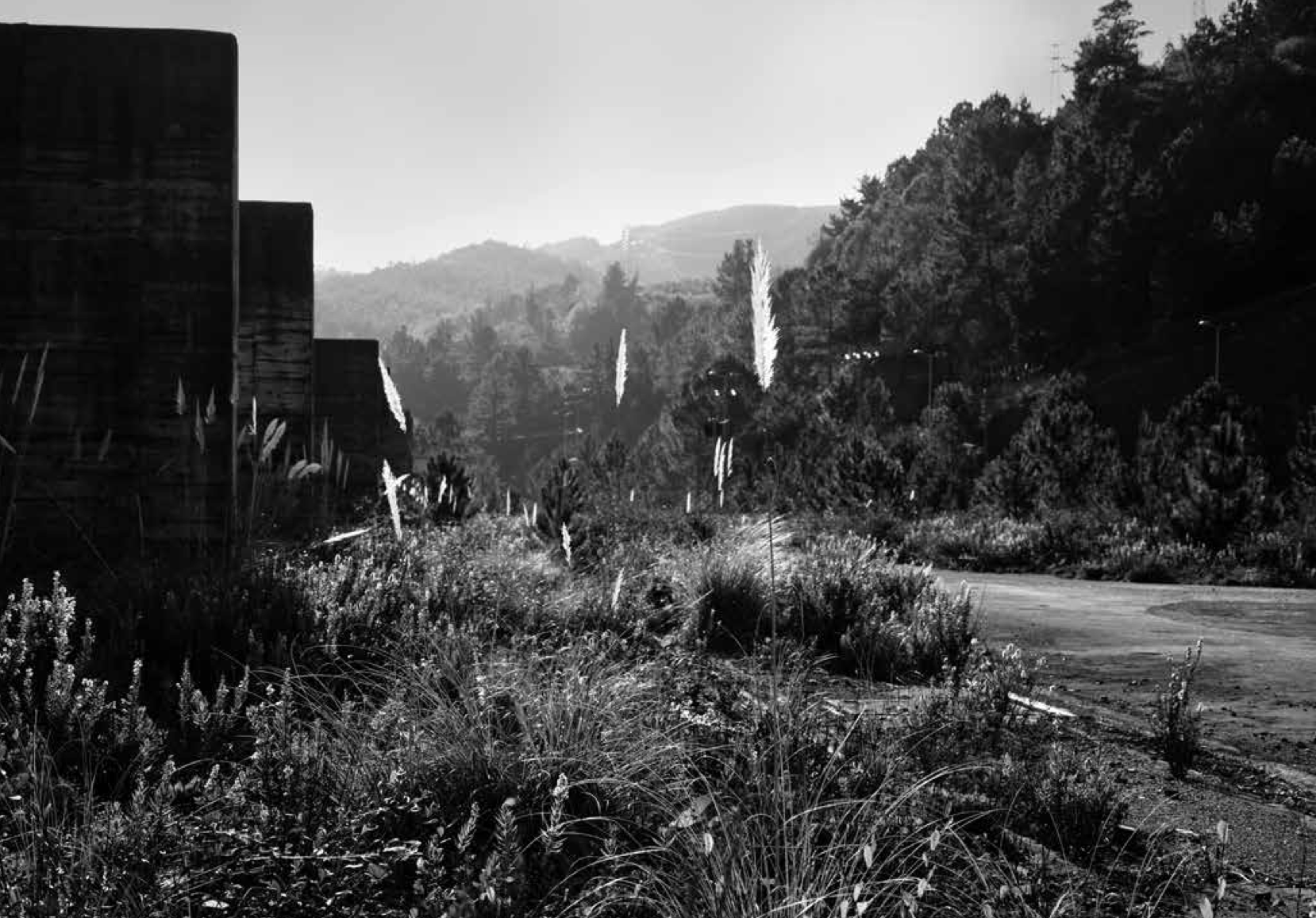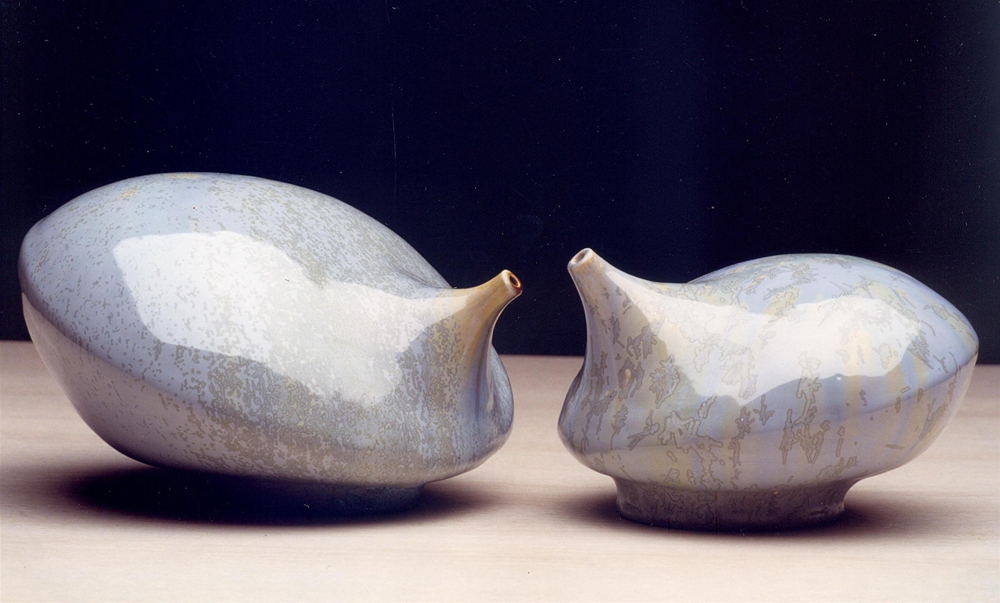Exhibitions
Javier Inés and the Barcelona of the 80s
The Barcelona underground at the RocioSantaCruz gallery.
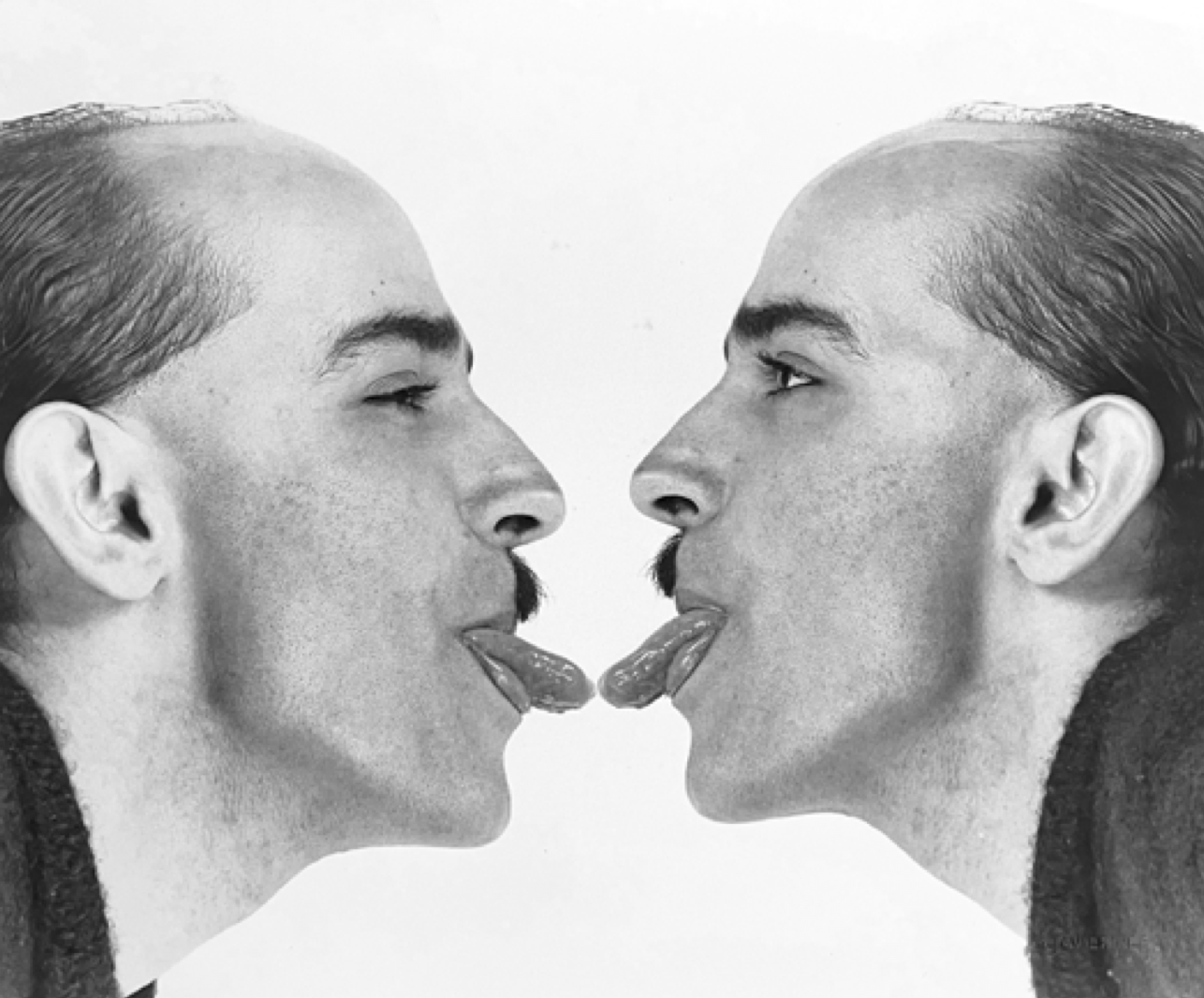
The RocioSantaCruz gallery presents 'Barcelona Universal KGB', an exhibition that recovers the singular gaze of photographer Javier Inés (Zaragoza, 1956 – Barcelona, 1991), who documented with his camera the transformation of Barcelona during the 1980s, a key decade that culminated with the celebration of the 1992 Olympic Games. This exhibition, open to the public until March 29, constitutes a visual archive of great historical and artistic value, which reveals the duality between the modernizing and institutional impulse.
Javier Inés moved to Barcelona in 1985, attracted by its nightlife and culture. In addition to his work as a photographer, he worked in emblematic venues such as KGB and Distrito Distinto, which allowed him to access and capture the underground scene. His work reflects the transformation of the city from a dual perspective: on the one hand, the institutionalization of modernity, represented by architects, designers and other creators who anticipated the Barcelona of the future, and on the other, the cultural resistance that took place in alternative and nocturnal circles.
 Vicente Córdoba con muñecos, Javier Inés (1986)
Vicente Córdoba con muñecos, Javier Inés (1986)
In his images, postmodern design figures coexist with bohemian artists, urban tribes and anonymous characters who gave life to the city in a period of accelerated change. One of the most interesting aspects of Javier Inés' work is his ability to capture the atmosphere of the spaces where a fundamental part of alternative culture was developed. Bars, nightclubs and improvised art galleries served as the epicenter of a rebellious Barcelona, which resisted being dominated by modernity. His photographs show with a precise and emotional style the daily life of these characters, often portrayed with kindness, humor and a play of light that gives each image a theatrical and intimate tone at the same time. This gaze attracts the viewer, offering them an unprecedented perspective of the city, different from the one that was consolidated in the official discourse of pre-Olympic Barcelona.
 Bodegón muñecas, Javier Inés (1983)
Bodegón muñecas, Javier Inés (1983)
Javier Inés exhibited his work in two iconic spaces of Barcelona's nightlife: the KGB in 1986 and El Universal in 1988. Despite his death in 1991, his work was recognized and remembered by figures such as the photographer Colita, who highlighted his talent and helped preserve his legacy. Thanks to Juanjo Rotger, his partner, this valuable photographic archive has been preserved intact to this day. Now, more than three decades later, the RocioSantaCruz gallery is hosting a selection of his vintage photographs for the first time, making images accessible to the public that not only document a time and place, but also tell a story of cultural resistance and creativity. The exhibition allows us to rediscover his work and better understand the historical context in which it was produced. A tribute to Javier Inés and a window into a Barcelona that is torn between the past and the future, between modernizing euphoria and underground resistance.


